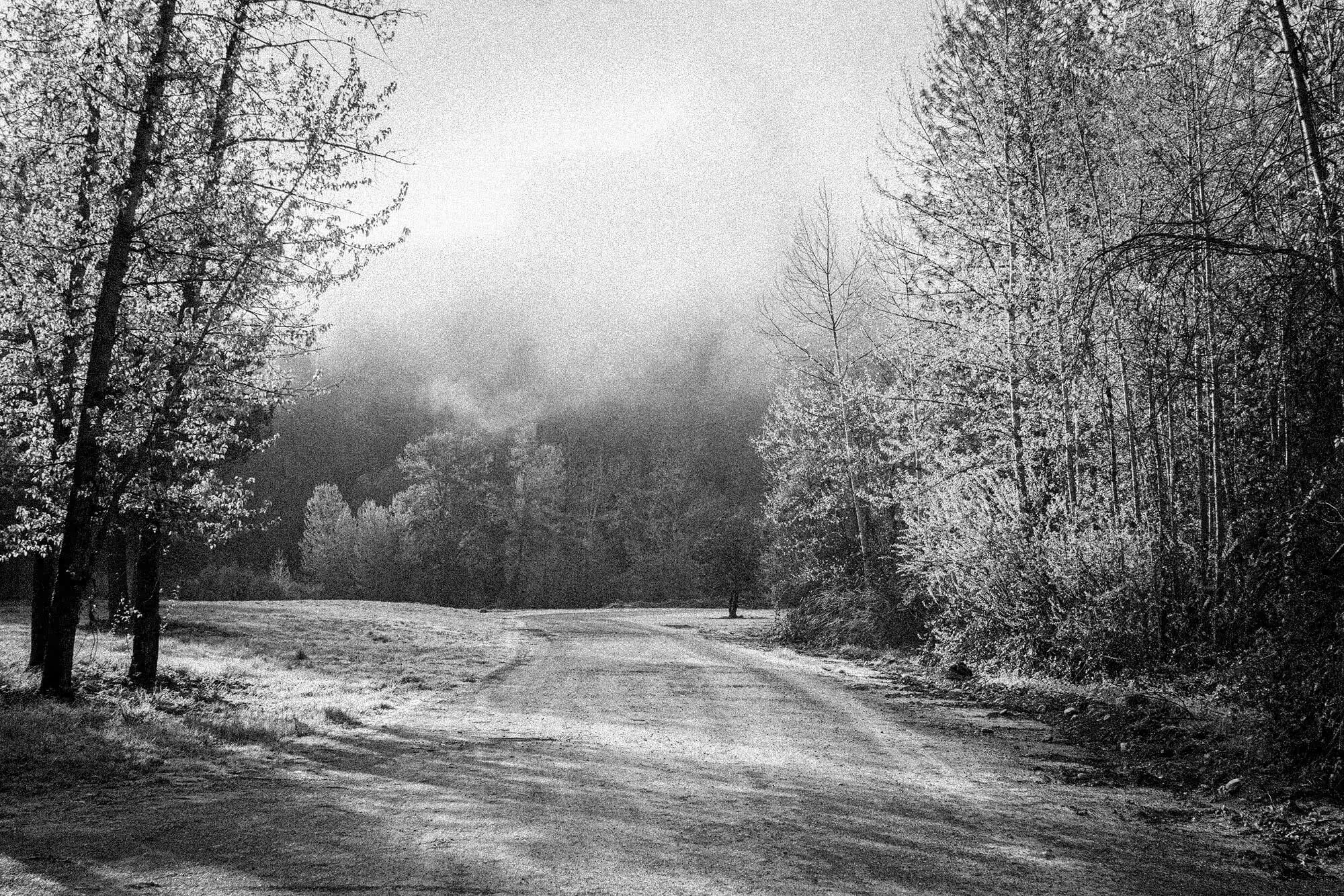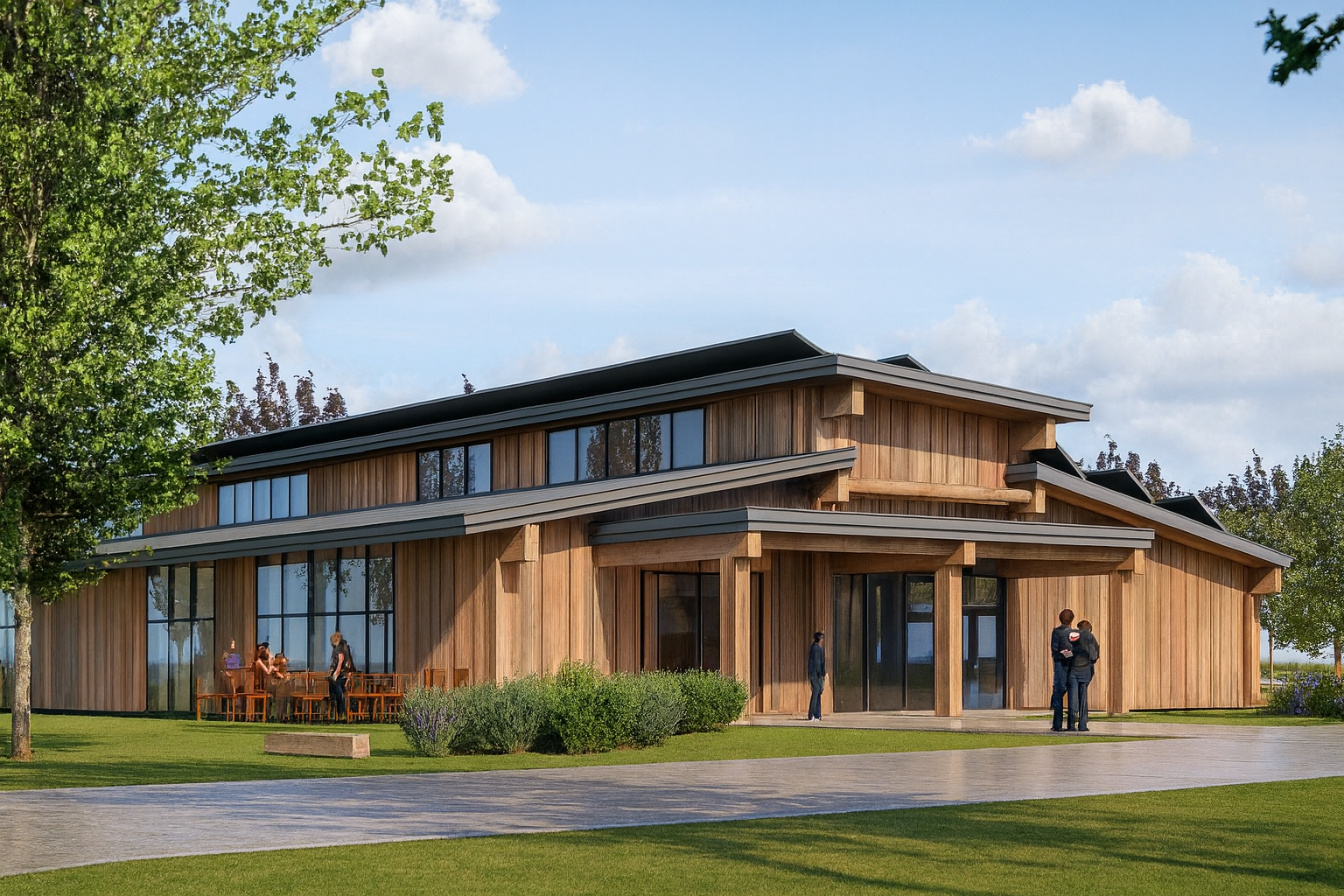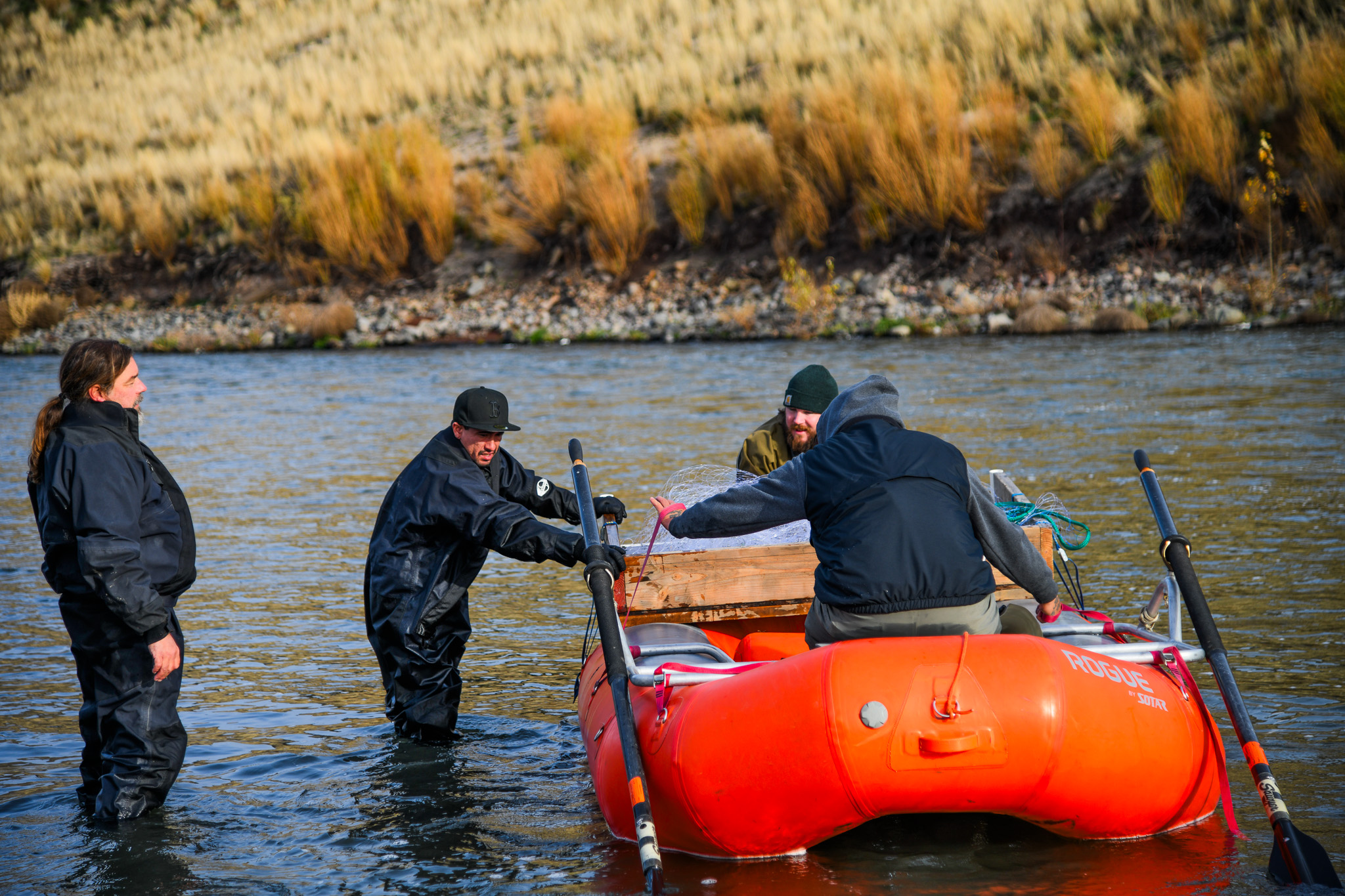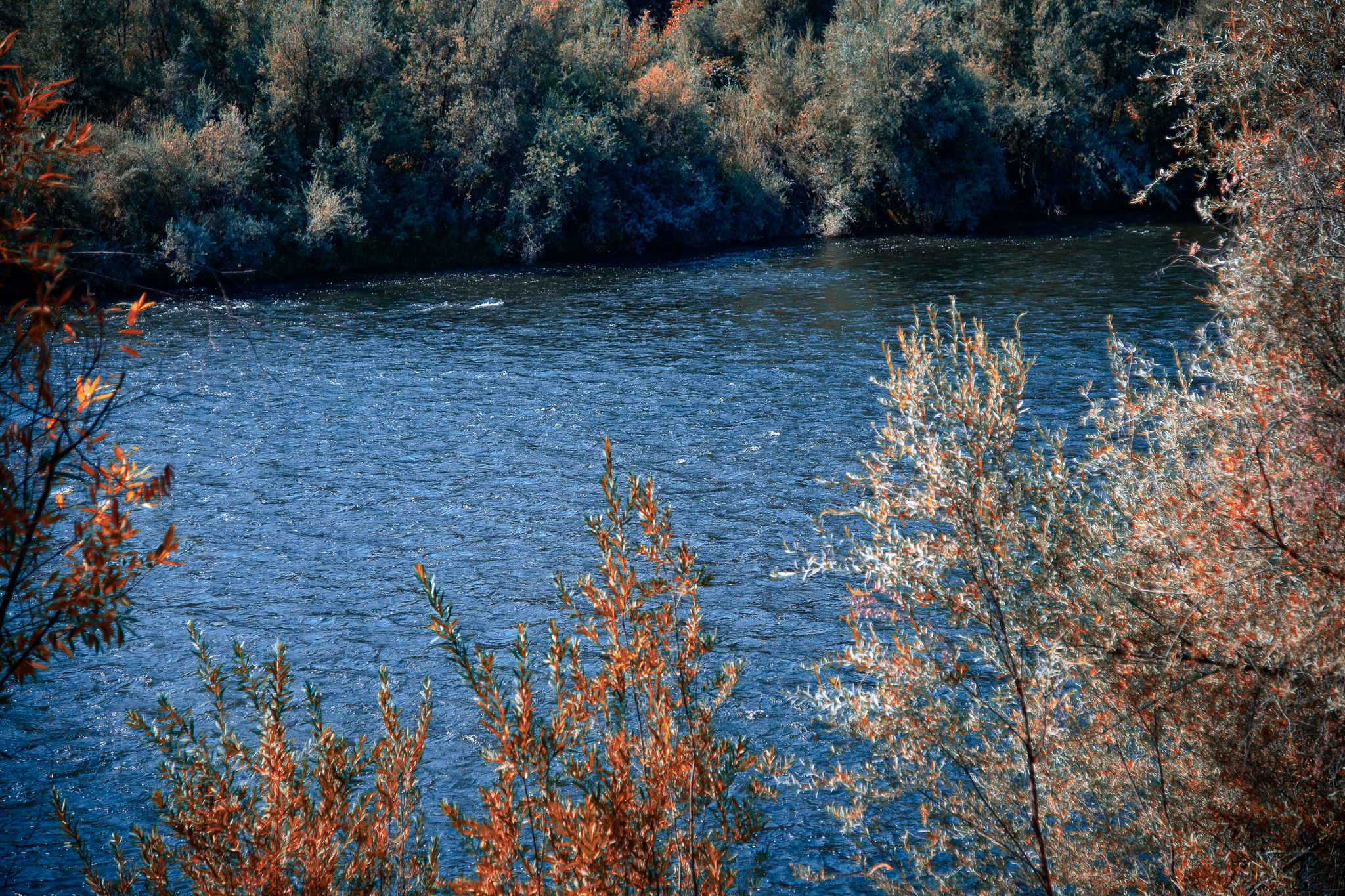Natural Resources (KDNR)
Working to protect and restore the Tribe’s ancestral lands, waters, natural and cultural resources. Guided by traditional knowledge and indigenous stewardship.

Mission Statement
The Mission of the Karuk Department of Natural Resources is to protect, enhance and restore the cultural/natural resources and ecological processes upon which Karuk people depend. Natural Resources staff ensure that the integrity of natural ecosystem processes and traditional values are incorporated into resource management strategies.
What we do
The Karuk Tribe's Department of Natural Resources (KDNR) was established in 1989 as a fisheries department with a congressional appropriation of $150,000. Over the past three decades, the Department has grown to staff more than 90 employees managing more than 100 project budgets related to 10 integrated program areas. These programs are compartmentalized within three primary departmental branches:
Eco-Cultural Revitalization Fund
The Eco-Cultural Revitalization Branch works to balance our human relationships with the land, air, water, plants and animals. By applying traditional/cultural principles and practices, while integrating modern science, we heal landscapes, revitalize cultural connections, and help effectuate the renewal of species and habitats throughout our Karuk homelands and beyond.
KDNR Media
Our Watershed Program protects the health of rivers, streams, and aquatic life within Karuk territory. We focus on restoring salmon habitat, monitoring water quality, and supporting resilient ecosystems that sustain our communities and future generations.
Annual Reports
Administrative Operations provide the backbone of the Department of Natural Resources. From grants management and budgeting to staff support and coordination, this team ensures programs have the resources and structure needed to succeed.

Administrative Operations
The Administration and Development Branch serves as the backbone of the KDNR. From Coordinating administrative operations, to developing regenerative economic systems and promoting policy solutions, along with securing and coordinating the maintenance of associated infrastructure, this branch supports programs while assuring alignment with Tribal Jurisdiction from Department mission through program vision.


Eco-Cultural Revitalization
The Eco-Cultural Revitalization Branch works to balance our human relationships with the land, air, water, plants and animals. By applying traditional/cultural principles and practices, while integrating modern science, we heal landscapes, revitalize cultural connections, and help effectuate the renewal of species and habitats throughout our Karuk homelands and beyond.
We are building the Eco-Cultural Revitalization Fund and need your help! Please consider donating today.
Watersheds
Our Watersheds Branch protects the health, quality, and abundance the waterbodies, fish, and wildlife and their associated habitat dynamics throughout Karuk territory and beyond. We focus on restoring habitat, implementing monitoring projects, conduction scientific investigations, and supporting resilient ecosystems that sustain our communities and future generations.

Events

Studies, Reports and Resources
Find studies and resources relevant to KDNR and the Klamath region.
Department Leadership

In the news
The work done by the Karuk DNR has been featured in a number of news articles.
Natural Resources FAQs
Answers to common questions about our program.
Our main offices are located at 39051 Highway 96, PO BOX 282, Orleans, CA 95556, Orleans, CA 95556
Yes! We are always looking for qualified candidates to join our team. Check out available positions here: https://www.karuk.us/employment/open-positions
The Karuk Tribe has always understood Fire to be a vital tool for caring for the land. Through cultural burning and other fire management practices, the Karuk people restore plant health, improve wildlife habitat, reduce the risk of destructive wildfires, and strengthen cultural traditions.
Contact Department
Have questions? Reach out to us for more information.